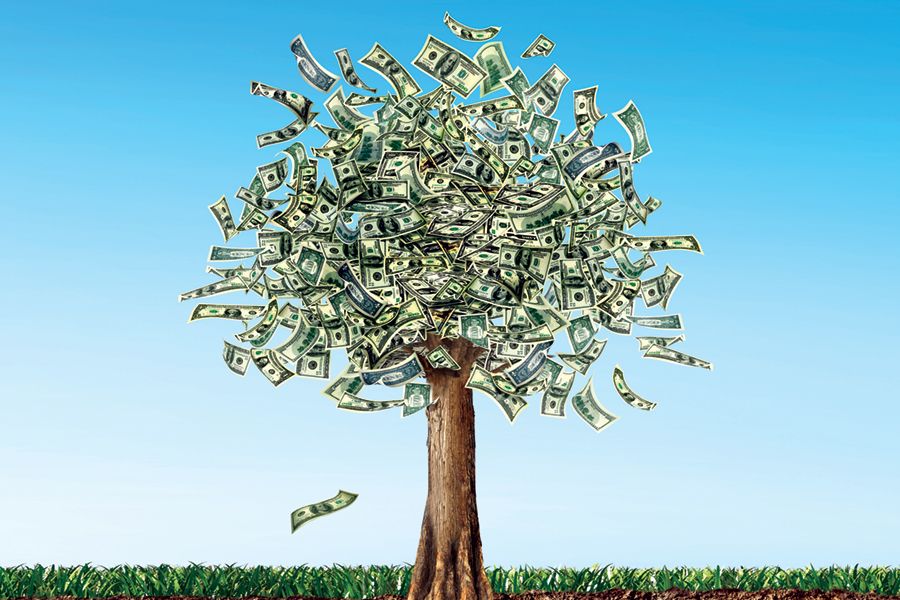Sustainable investing will go down as one of the hottest investment categories of 2019, according to the year-end tally from Morningstar showing $20.6 billion in net flows into sustainable funds last year.
The explosive growth in net flows into 300 mutual funds and exchange-traded funds categorized by Morningstar as applying environmental, social and governmental criteria is nearly four times the total net flow in 2018.
While net flows into ESG-strategy funds has been climbing steadily for several years, the year-end totals only grew from $4.9 billion in 2016 to $5.5 billion in 2018.
“It was about time for assets to take a leap forward given the amount of support for ESG investing that has been exhibited in survey after survey, but I didn’t expect the jump to be quite as much,” said Jon Hale, Morningstar’s global head of sustainability research.
Mr. Hale attributes the spike in net flows into the category to increased awareness of ESG-related issues along with a growing supply of funds that are reaching the crucial three-year mark.
“There are still a lot of funds that don’t have super high levels of assets but the general trend will be something that encourages them to stay around as they build their assets,” he said. “Investor preferences are starting to show up.”
Bud Sturmak, co-chief investment officer at Perigon Wealth Management, said the ESG space is experiencing “a bit of a perfect storm.”
“First and foremost, there is climate change awareness from the investor perspective, but there also has to be something there for them to invest in,” he said. “Over the last 10 years, we’ve had a massive transformation in this space.”
Mr. Sturmak who is responsible for developing a stronger ESG focus at his $1.4 billion advisory firm, said the category has evolved from restrictive and negative screening a decade ago to what is now more along the lines of alpha-generating data.
“Now we have better data, better standardization and better reporting by companies,” he added. “You also have a substantial body of research including from large banks that show that ESG is both a risk-mitigation tool and potential source of alpha.”
Morningstar’s data show ESG-fund net flows surpassed $4 billion for each of the first three quarters last year, then popped up to more than $7 billion during the last three months of the year.
The category last experienced quarterly net outflows in the third quarter of 2015, when net outflows totaled approximately $1.5 billion.
On an individual fund basis, the top five funds all had more than $1 billion in net flows last year, led by the $4.7 billion TIAA-CREF Social Choice Bond Fund (TSBIX), which had net inflows of more than $1.7 billion in 2019.
The other funds making up the top five represented a little bit of everything.
The $2 billion American Century Sustainable Equity Fund (AFDAX) had more than $1.6 billion in net inflows.
The $7.5 billion Vanguard FTSE Social Index Fund (VFTNX) had $1.5 billion in net inflows.
The $5.1 billion Parnassus Mid-Cap Fund (PARMX) had $1.4 billion in net inflows.
The $1.5 billion iShares ESG MSCI USA ETF (ESGU) had $1.2 billion in net inflows.
Mr. Hale said the momentum favoring ESG strategies is not just a one-off event, but something that will continue to gain traction with every new investment decision.
“To me, it’s like electric vehicles. I don’t own one, but the next time I buy a car I’m sure it’s going to be an electric vehicle,” he said. “It takes a while for investors to go from interest, particularly in a new concept, to get to the actual act of investing. Investors aren’t calling brokers and advisers asking for everything to be switched over to ESG, but the next time they have an investment decision they will be asking about ESG.”








